Welcome to your one-stop shop for everything chainsaws. Whether you’re clearing your yard, cutting firewood, or taking on tree felling for professional purposes, finding the right chainsaw can significantly ease your job. With advancements from the first electric chainsaw to today’s versatile battery-powered models, we’re here to guide you through selecting, using, and maintaining the perfect chainsaw for your needs. Dive into our sections below for in-depth insights.
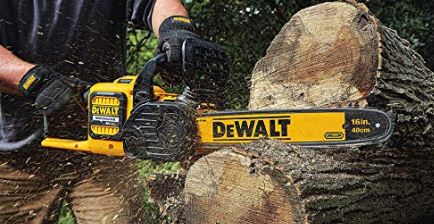
Chainsaw Guide
Chainsaws are super useful and also very powerful. If you’re new to using a chainsaw or want a refresher, read this guide. We’ll help you learn how to keep it under control, fell trees, sharpen the blade, and use your saw for bucking, limbing, and more. We’ll also show you what’s important when you are shopping for a chainsaw.
Read the Chainsaw Guide
Tool Details
Got your eye on a specific model? We’ll give you all the tech specs for the saws on the market. Important features, such as the anti vibration system, maintenance needs, and chain length are all included. Discover everything you want to know about your chainsaw here.
Find Your Chainsaw Specifications
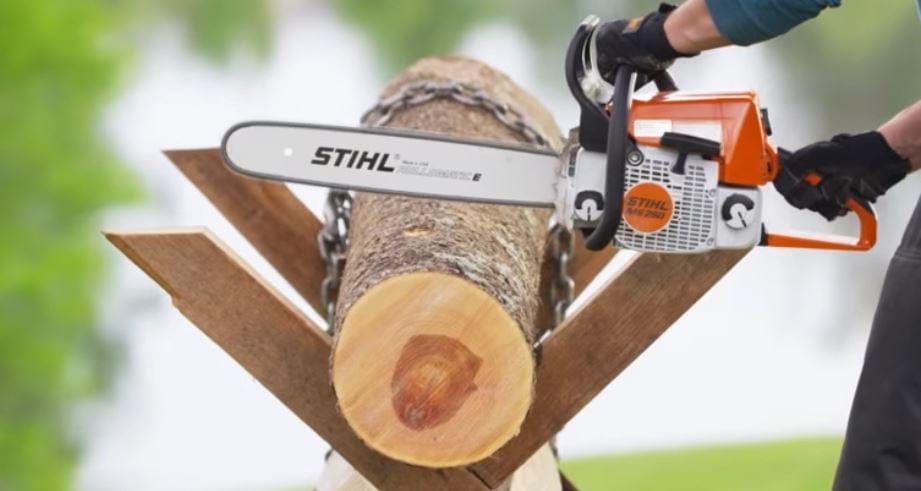
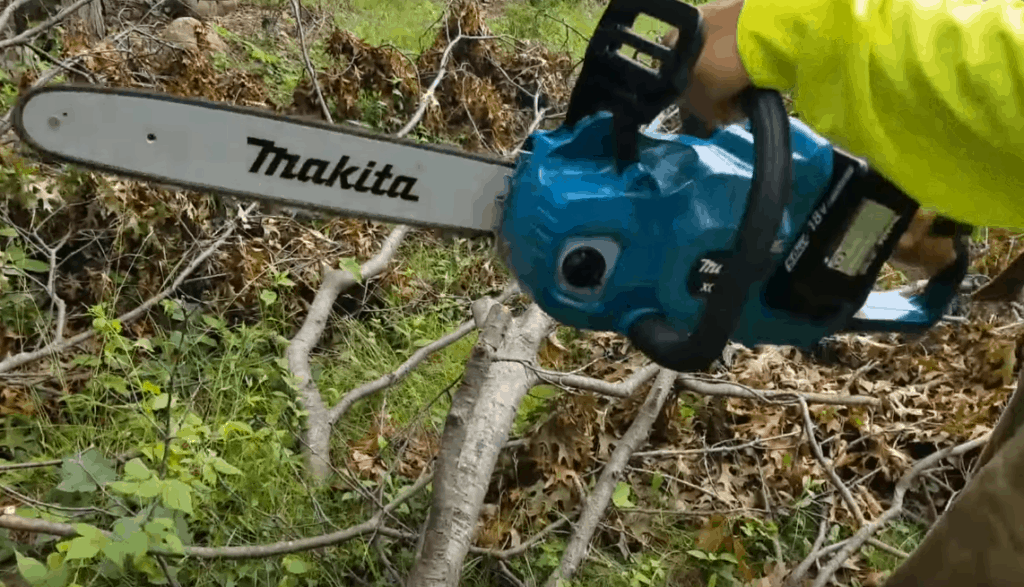
Tool Reviews
Get the lowdown on the latest and greatest chainsaws on the market. Our comprehensive reviews cover a range of electric and battery-powered models, focusing on their cutting performance, ease of use, safety features such as chain brakes and anti-vibration systems, and overall reliability for various tasks.
Read Our Chainsaw Reviews
Tool Comparisons
Choosing between chainsaws can be daunting. Our detailed comparisons pit top models against each other, examining how they stack up in terms of power, cutting efficiency, weight, safety features like chain brakes and anti-vibration, and more, to help you decide which chainsaw best meets your specific needs.
Compare Chainsaws
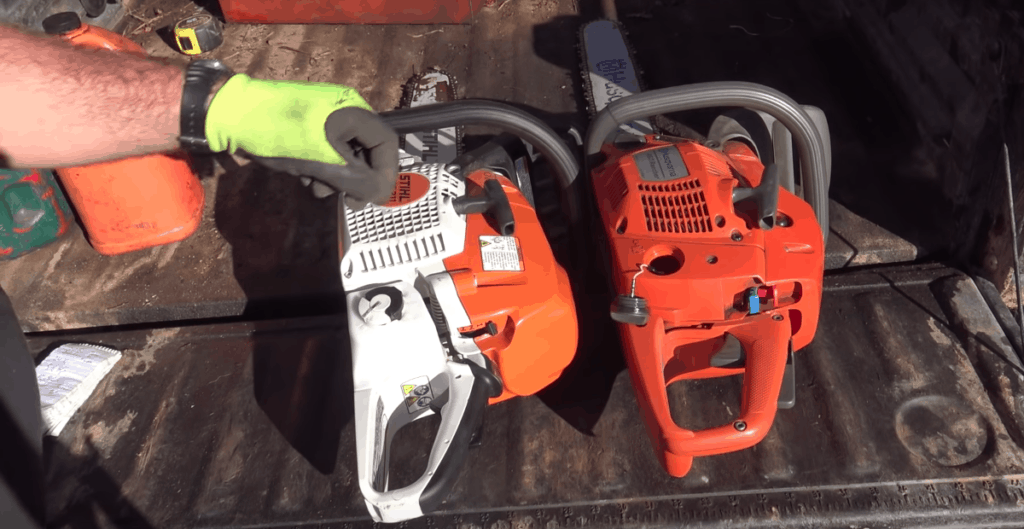
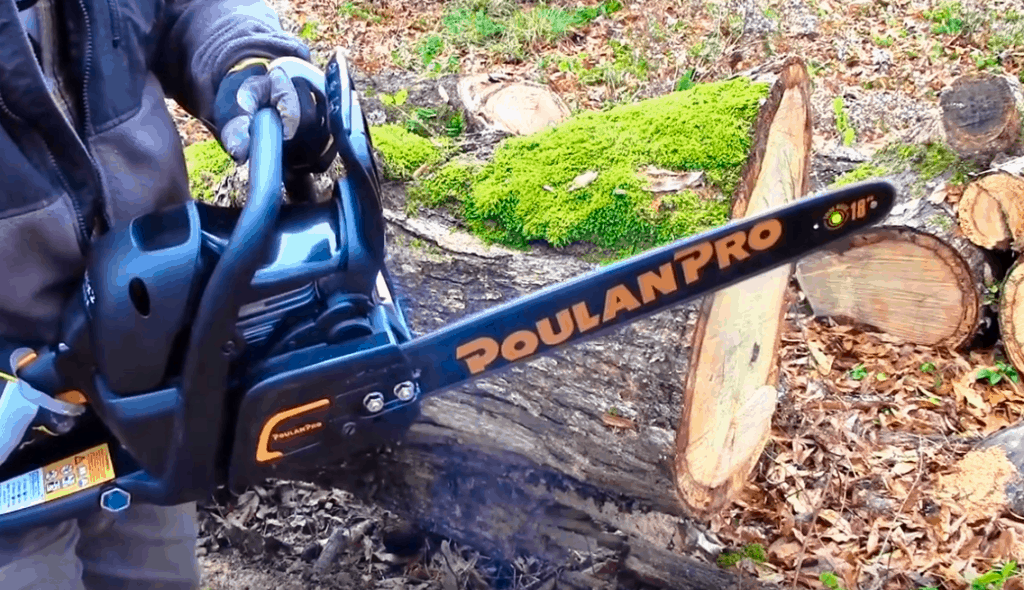
Best Tools
Discover our top picks for the best electric and gas-powered chainsaws currently available. Whether you’re looking for the ultimate in power and durability for professional use or the most convenient and user-friendly model for occasional yard work, our selections are based on rigorous testing and user feedback.
Discover the Best Chainsaws
How-to Guides and Projects
From safety tips, including how to properly use the chain brake and maintain the chain oil, to getting the most out of your chainsaw’s features, our guides ensure you can tackle your tasks with confidence. Inspire your next project with creative and practical uses for your chainsaw. Whether it’s artistic woodcarving, building with wood, or efficiently processing firewood, we have the guidance to help you make the cut.
Find Your Next DIY Project
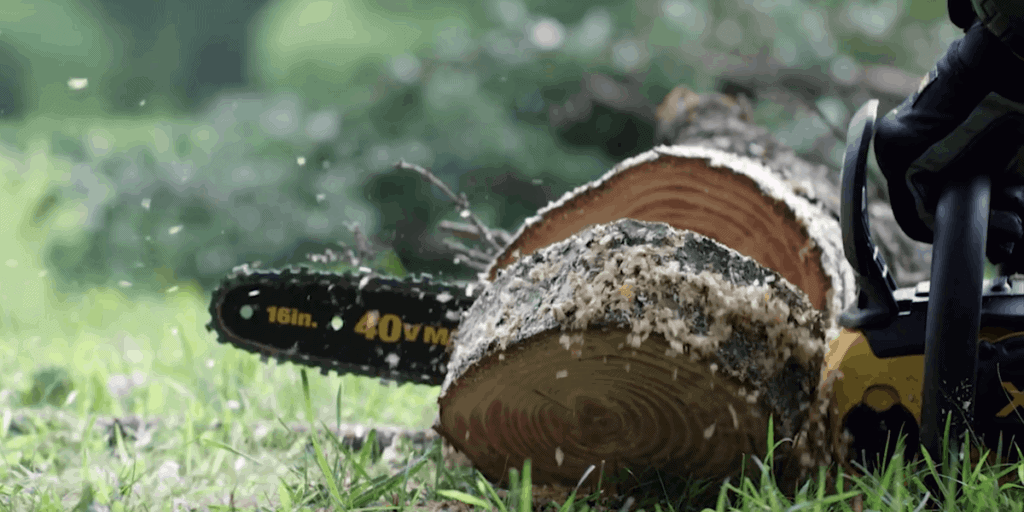
If you’re looking for a different tool – because who needs just one? – then go back to our Woodworking Tools page for more info about all kinds of tools.
